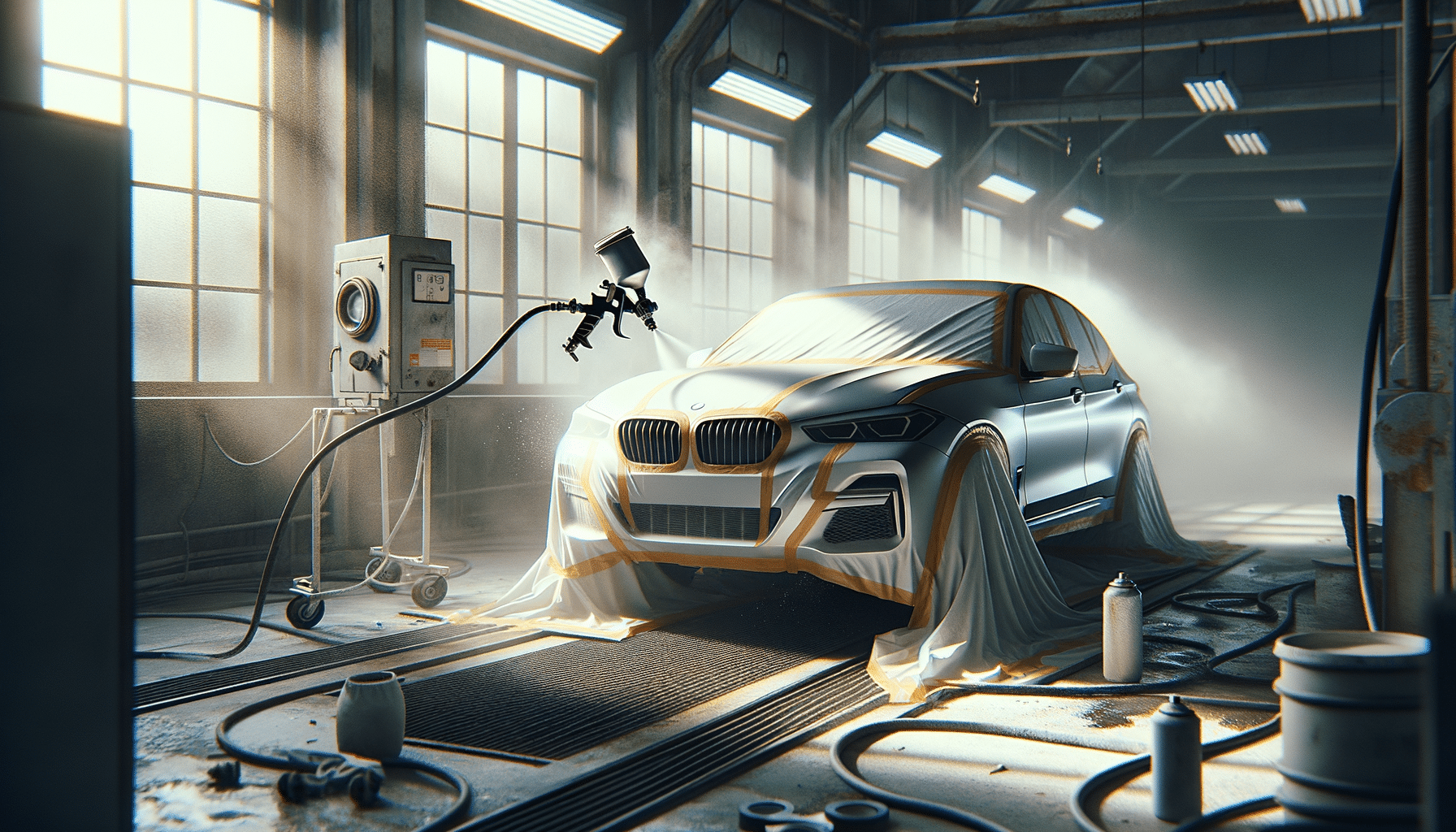
When and Why People Choose to Paint Their Cars
The Importance of Car Repainting
Car repainting is a significant decision for many vehicle owners, driven by various motivations. One primary reason people choose to repaint their cars is to refresh the vehicle’s appearance. Over time, a car’s paint can fade due to exposure to sunlight, harsh weather conditions, and other environmental factors. Repainting can restore the vehicle’s original charm and even add a new level of elegance or personal style.
Moreover, repainting is not just about aesthetics. It also plays a crucial role in maintaining the car’s value. A well-maintained paint job can protect the vehicle’s bodywork from rust and corrosion, extending its lifespan and preserving its resale value. Additionally, the process can be an opportunity to fix minor dents and scratches that might have accumulated over the years, ensuring the car looks its finest.
In some cases, car owners might opt for a repaint to change the vehicle’s color entirely, either to match their personal taste or to keep up with current trends. This decision can be particularly appealing for those who have bought a used car and want to make it feel like their own. Whatever the reason, repainting a car is a way to breathe new life into a vehicle, enhancing both its appearance and durability.
The Car Repainting Process Explained
Repainting a car is a meticulous process that requires attention to detail and expertise. It begins with thorough surface preparation, which is crucial for achieving a smooth and flawless finish. This step involves cleaning the vehicle to remove any dirt, grease, or existing wax. Next, sanding is performed to create a rough surface that allows the new paint to adhere better.
Once the surface is prepared, any dents, scratches, or imperfections are repaired. This might involve filling in dents with body filler and smoothing them out to ensure a level surface. Primer is then applied to the entire car, providing a base for the paint to stick to and helping to cover any bare metal areas.
After the primer has dried, the actual painting begins. This involves applying several coats of paint, typically starting with a base coat, followed by a color coat, and finally a clear coat to protect the paint and add shine. Each layer must be allowed to dry completely before applying the next, and the process requires precision to avoid runs or uneven coverage.
The final step in the repainting process is polishing and buffing the car to enhance its shine and remove any minor blemishes. This step ensures the vehicle has a glossy and professional finish, making it look as good as new.
Key Steps in Achieving a Perfect Paint Job
Achieving a perfect paint job involves several key steps, each contributing to the final outcome. Firstly, selecting the right type of paint is critical. There are various types of automotive paint available, such as acrylic, urethane, and metallic, each offering different benefits and finishes. Choosing the paint that suits the vehicle’s needs and the owner’s preferences is essential.
Next, the environment in which the painting takes place plays a vital role. A controlled environment free from dust and debris is ideal to prevent imperfections in the paint. Many professional painters use specialized booths that provide the right conditions for painting, ensuring the paint adheres smoothly and evenly.
Proper technique is also crucial. This includes using the right spraying equipment and methods to apply the paint evenly. Painters often use a spray gun to apply the paint in a series of thin, even coats, allowing each layer to dry thoroughly before applying the next. This technique helps avoid common issues like paint runs or orange peel texture.
Finally, patience and precision are key. Rushing the process can lead to mistakes and a subpar finish. Each step, from preparation to final polishing, requires careful attention to detail to ensure the vehicle looks outstanding.
Refreshing a Car’s Appearance: Beyond Just Paint
While repainting is a significant aspect of refreshing a car’s appearance, it is not the only factor. Complementary services such as detailing, wheel refurbishment, and new trim can enhance the overall look of the vehicle. Detailing involves deep cleaning and polishing both the interior and exterior, giving the car a showroom-like finish.
Updating the wheels can also make a noticeable difference. This could involve repainting the rims, changing the wheel design, or simply replacing old tires with new ones. Together with a fresh coat of paint, these changes can transform a car’s look, making it feel rejuvenated and stylish.
Additionally, some car owners opt to replace or restore the car’s trim. This might involve changing the color of the trim, adding new decals, or enhancing features like the grille and bumpers. These modifications, while subtle, can significantly impact the car’s overall aesthetic.
Ultimately, repainting and additional enhancements work together to give a car a new lease on life, reflecting the owner’s personality and style preferences while ensuring the vehicle remains in pristine condition.
Conclusion: The Lasting Impact of a New Paint Job
Repainting a car is more than just an aesthetic upgrade; it is a comprehensive investment in the vehicle’s future. By choosing to repaint, owners not only revive their car’s appearance but also protect it from the elements, extend its lifespan, and potentially increase its market value. Whether driven by necessity or desire, a new paint job is a testament to the care and attention dedicated to preserving one’s vehicle.
For those considering this transformative process, understanding the reasons, steps, and additional enhancements available can guide them in making informed decisions. A well-executed paint job, complemented by thoughtful updates, can make a car feel new again, providing satisfaction and pride to its owner every time they hit the road.


